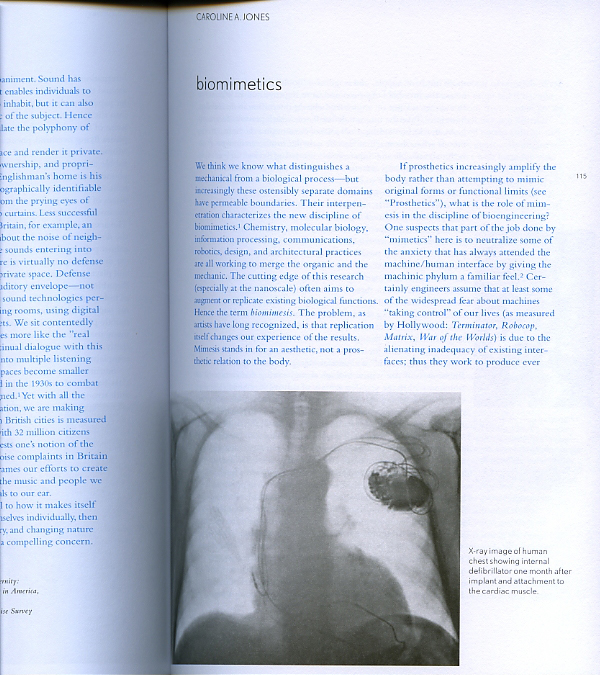Patching You Through to the Dark Side
“Creative geographer” Trevor Paglen began his research on the U.S. Military’s secret “black sites” as a way of investigating a new form of domestic colonialism in which the uncharted bases (think Area 51) were taking over the landscape of much of the Southwest. He began mapping and monitoring these sites, from afar, perfecting his beautiful Limit Telephotography process and taking people on tours of the regions. But soon the tactical media artist began to discover a subculture of workers employed at these sites–workers who, despite the heavily-enforced veil of secrecy surrounding their work, have formed social organizations, attend alumni dinners, and even hand out awards to each other for secret jobs well-done. As he began to infiltrate these groups, in the process of expanding his ! research to cover topics such as the CIA’s extraordinary rendition flights, Paglen started collecting patches used by these veritable grown-up boy scouts to identify their fraternal clans. Paglen’s new book I Could Tell You but Then You Would Have to Be Destroyed by Me: Emblems from the Pentagon’s Black World documents the mysterious iconography and deciphers the bravado. The book is named after one particularly cryptic patch I Could Tell You But Then You Would Have to be Destroyed by Me, a phrase which accurately conveys the anonymity! surrounding the participants in these societies. Another favo! rite fea tures the emblem of an alien head and says, in Latin, “tastes like chicken.” Accompanying the book is a website, compiled by Paglen, extensively cataloguing the patches, augmenting and annotating the published text, and offering readers additional texts and interpretive sources. It seems befitting that Paglen would make such use of the internet, invented by the U.S. government, to publicize information about its own cloaked networks. Log-on and see if you can help him unravel the mystery of the NRO Dragon Patch. – Marisa Olson
http://www.paglen.com/tellyou/index.htm
+ + + + + + + + + + +
bibliography
Hyper-Driven
Interview with T. Presner about Hypermedia-Maps of Berlin. hyper.pdf http://www.berlin.ucla.edu/hypermedia/
article to read: SENSORIUM
SENSORIUM
Embodied Experience, Technology and Contemporary Art at the MIT List Visual Arts Center, Cambridge
You can also find the book “SENSORIUM” at the KHM library.
it is part of the WS07/08 Surveillant Architectures Semesterapparat.
link list of the week
last week of november
i document
http://i.document.m05.de/?p=416
Jenny Pollak
http://www.jennypolak.com/jennypolak_about.htm
space recognition, fear and matters of perceptual interest
this article is about space recognition, fear and matters of perceptual interest for the seminar, especially anyone interested in memory, recognition or making spaces to induce a certain kind of feeling
http://web.mit.edu/newsoffice/2007/deja-vu-0607.html
Surveillance Film 2008
http://en.wikipedia.org/wiki/Surveillance_%282008_film%29
MyFingr
http://www.myfingr.com/howto
We Know You Are Watching: Surveillance Camera Players 1996-2006.
Published by Factory School.
http://www.factoryschool.org/pubs/scp/index.html
On this topic, with a slightly different spin: At the Ars Electronica Festival a few weeks ago in Linz / Austria, there were two presentations on how people used CCTVs to shoot whole movies. They got access to the footage either via data protection law requests about their own data (Manu Luksch) or because the cameras were accessible by wifi (Graham Harwood). :-)
